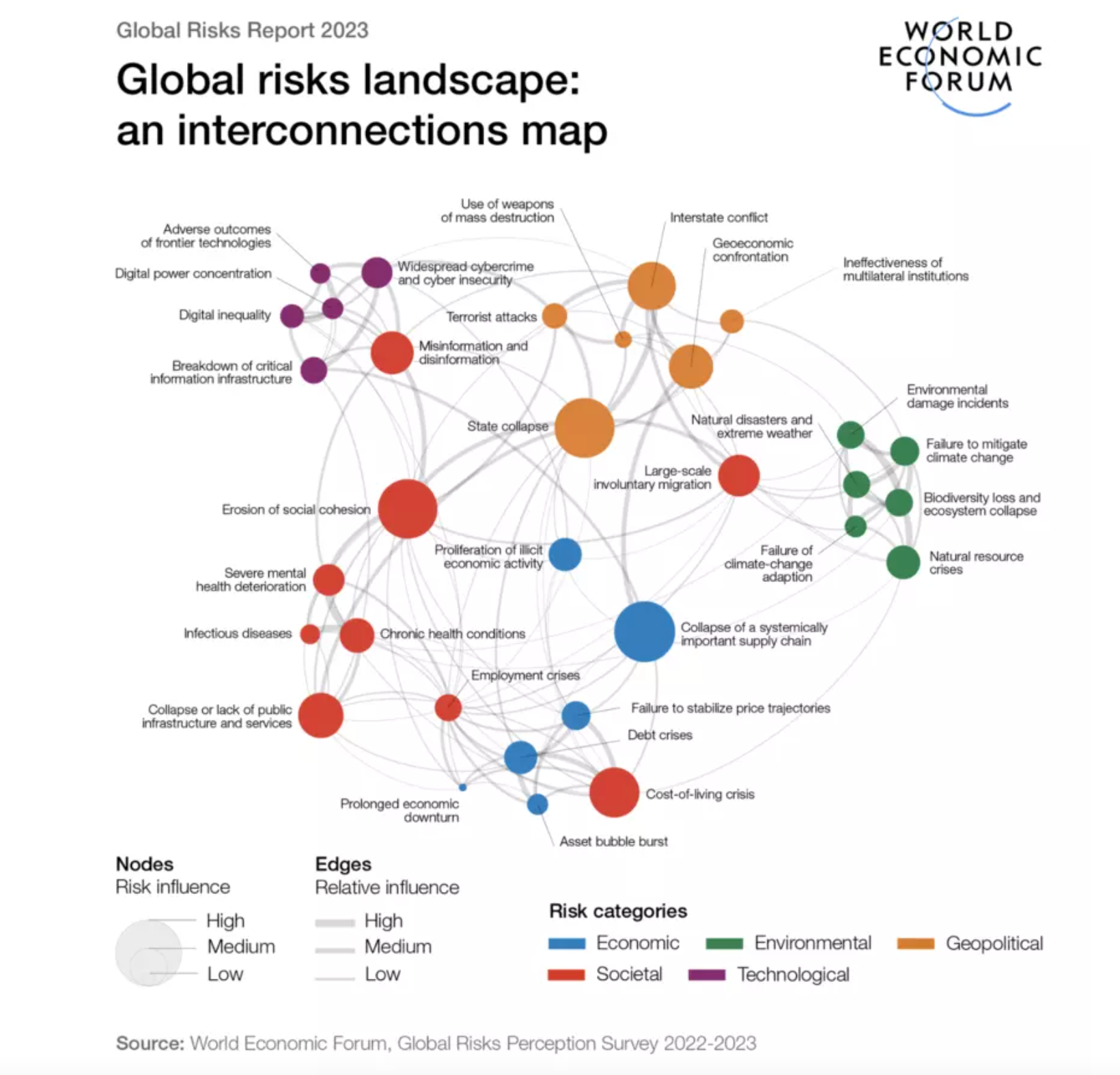Open money meets open rules: The era of clarity begins
Crypto’s legal landscape is thawing fast. With safe harbor proposals and dropped lawsuits, the US is finally moving toward clarity — exactly what Open Money needs to scale

Spring 2025 is shaping up as the turning point in crypto’s long regulatory winter.
Over the past few months, the U.S. Securities and Exchange Commission has quietly begun unraveling the web of enforcement actions it once spun tightly around major players in the crypto space.
Case by case, the exits begin
On May 29, the SEC moved to dismiss its high-profile 2023 lawsuit against Binance, which alleged market manipulation and unregistered trading. The kicker? They asked to dismiss it with prejudice, which means no chance to refile.
Earlier in the year, Coinbase reached a joint stipulation with the SEC on February 27, effectively ending the long-running dispute over whether it acted as an unregistered broker.
And Opensea, the largest NFT marketplace, saw the SEC quietly close its investigation on February 21. CEO Devin Finzer called it “a win for everyone who is creating and building in our space.”
According to tracking by Axios, at least nine major enforcement actions have been paused, settled, or scrapped since February. For an agency once accused of regulating by lawsuit, this mass de-escalation feels less like housekeeping — and more like policy.

Why the thaw?
The trigger? Politics, plain and direct.
In April, the current administration installed former SEC commissioner Paul S. Atkins as chair, swiftly overhauling the Commission’s internal power structure. Under his leadership, staff attorneys lost the ability to open new crypto cases unilaterally. Now, the full Commission must vote before launching enforcement actions.
That procedural change may sound minor, but in crypto, predictability is product-market fit. The Open Money thesis rests on three pillars: composability, network effects, and predictability. When rules of engagement are clear and consistent, builders ship faster, capital allocates more confidently, and developers don't build in the shadow of a subpoena.
How markets reacted
Markets didn’t explode — but they did exhale.
When Coinbase's case ended, its stock (COIN) jumped 9% that day and still trades about 22% above its February lows.
Binance’s BNB token, long dogged by enforcement overhang, finally began to price in blue skies. Options markets now imply a real shot at four-digit territory by year-end.
This matters beyond price charts. Every dollar of clawed-back market cap translates into cheaper collateral for growth — and into stronger justification for token launches. Liquidity is now easier to defend.
The next wave: Safe Harbor 3.0
The ceasefire isn’t just about ending old battles. It’s also about drafting new rules of engagement.
Commissioner Hester Peirce’s “token safe harbor” proposal—originally floated in 2020, then revised in 2021 — just received a significant update on May 8. The new version, Safe Harbor 3.0, tightens the criteria while maintaining the core idea: give crypto startups three years to decentralize, provided they follow strict disclosures and guardrails.

To qualify, projects must:
- Publish open-source code, tokenomics, and treasury wallet addresses
- File semi-annual reports to the SEC’s data system, EDGAR
- Cap insider token sales
- Launch with no more than 20% governance control by any single entity
- Pass an “exit test” proving the protocol can run without managerial intervention
The idea behind the safe harbor rules is to prove a sandbox for innovating with non-traditional financial systems. Anti-fraud laws still apply. But it’s a real framework, and it's gaining traction.
A16z’s 46-page comment letter applauds the update, while pushing for even more liberalization — automatic exchange listings during the grace period, and clearer treatment of NFT airdrops. Their argument: real-time liquidity plus radical transparency beats the current gray-market limbo.
They're not alone. Trade groups from the DeFi Education Fund to SIFMA (Securities Industry and Financial Markets Association) have also weighed in, offering tweaks but supporting the core idea that a well-structured safe harbor could catalyze U.S.-based innovation.
If Congress codifies it, or if the SEC moves forward on its own, we’re looking at a future where:
- Builders ship products first and register later, provided they publish receipts
- Investors get real data and liquidity from day one
- Regulators monitor live dashboards, not litigate after the fact
That's textbook Open Money: permissionless issuance, structured transparency.
A skeptic’s take
Of course, the conditions leading to the thaw could change.
- Political rotation: A single commissioner stepping down could flip the voting balance
- Black-swan blowup: Another collapse like Terra’s, or an FTX debacle, could relight enforcement fire
- Legislative limbo: If Congress fails to pass safe harbor legislation, future SEC leadership could rewind everything
Momentum is not inevitability.

What this means for the Open Money framework
Let’s connect the dots back to the core principles:
| Pillar | Old world | The new unlocks |
|---|---|---|
| Permissionless rails | Ship protocol → pray no Wells notice | Rulebook (safe harbor) replaces subpoena roulette |
| Composability | U.S. devs siloed from DeFi legos | Tokens list onshore, plug into bridges and pools |
| Network effects | Users avoid protocols in legal limbo | Legal clarity attracts PayPal, Fidelity, Shopify integrations |
The flywheel is simple:
Fewer lawsuits → more tokens → deeper pools → cheaper value transfer → healthier networks.
Upcoming signals to watch to determine if this is actually a trend
Some key developments coming up:
- Ripple/XRP case meeting (May 29) – (as of this writing, nothing’s been shared publicly about this meeting, but going into meeting at the end of last week, the thought was that the meeting could resolve the final mega-case still pending.
- FedNow access update (June 24) – could open instant payment rails to non-banks, an adjacent vector of reform.
- LayerZero token unlock (June 20) – 22% of supply hits the market, testing what price discovery looks like under different regulatory conditions.
Parting thought
The Open Money thesis has always hinged on the idea that innovation compounds fastest where systems are predictable, interoperable, and accessible. For the first time in years, US policy is catching up to that reality. A safe harbor regime — even if imperfect — signals a shift from arbitrary oversight to structured engagement.
What comes next isn’t a free-for-all. It’s something better: a roadmap. And for builders, investors, and regulators alike, clarity is no longer a constraint. It’s becoming an accelerant.
Progress on the Open Money Project
We're exploring the economic principles that enable Open Money to function effectively at internet scale.

I'm behind schedule, but you can learn more about the Open Money Project in this post.



